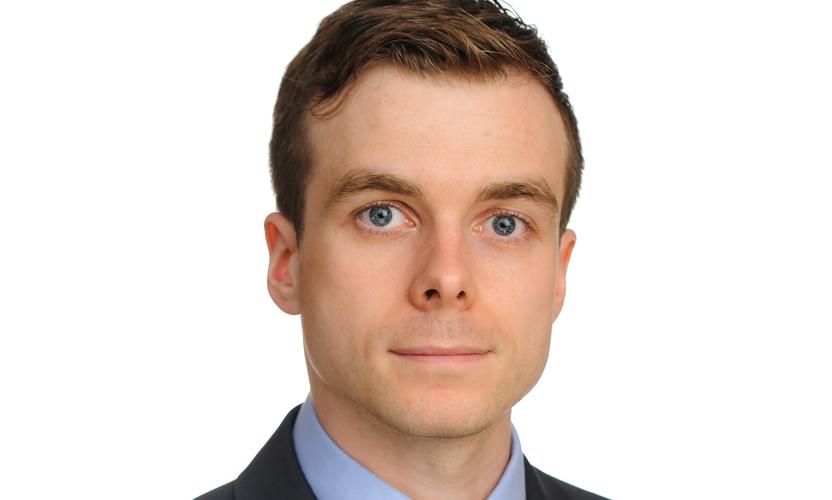On Friday, US Federal Reserve (Fed) Chairman Jerome Powell gave a much-anticipated speech on the policy outlook. In a welcome relief from the drama that has surrounded key Fed events in recent quarters, he gave markets just what they wanted - and expected. Citing an “eventful” three weeks since the Fed’s July meeting at which it cut interest rates and using strong language to describe the “significant risks” on the horizon, Powell’s words suggested that a further cut at the upcoming September meeting was highly likely. In our view, the probability of a third rate cut in 2019 to complete the ‘recalibration’ of the policy stance has increased. The key factors to watch are US-China trade tensions, incoming data on domestic and global fronts and the trajectory of financial conditions.
Easing as risk management
His speech couched any need for easing in terms of “risk management”, rather than as the result of concerns about current conditions. These ranged from concrete risks to the US (“further evidence of a global slowdown, notably in Germany and China” and Brexit) to the rather more nebulous risks, such as the protests in Hong Kong. While the message of a cut in September seemed clear, Powell’s comments did not appear to point to a more aggressive or pre-emptive easing trajectory, such as a 50bps cut. He seemed content that the Fed is close to “both goals” on employment and inflation, and just needs to “tilt policy one way or the other because of prominent risks”. This seems eminently sensible.
FOMC minutes suggest some gap between policymakers and markets
This year’s annual Jackson Hole Fed conference comes in the wake of long-dated US bond yields plunging near, or even posting new, record lows. Markets are clearly pricing in some combination of the Fed’s policy rate being too high and a long-term need for lower rates to keep growth and inflation supported. However, minutes from the July Federal Open Market Committee meeting and comments from other Fed members suggest that policymakers do not necessarily agree with the market’s assessment that quicker and deeper cuts are needed. The minutes revealed that “a couple” of policymakers wanted a 0.5 per cent, rather than the realised 0.25 per cent, reduction in the policy rate in July, whereas “several” others wanted no change at all. But investors must focus on the majority in the centre, which coalesces around Chairman Powell.
Mid-cycle recalibration
Most members continue to frame current policy as a “recalibration” of rates and a “mid-cycle adjustment”. This draws parallels with the two periods in the 1990s where the Fed lowered rates by 0.75 per cent, with no subsequent recession. They see this as justified on three grounds. First is risk management; it is much easier to see downside risks to growth on the horizon rather than upside risks, justifying a more supportive policy stance. Second is the slowdown in US investment and manufacturing, and overseas growth. Third is that inflationary pressures and expectations remain soft, especially given how mature the US recovery is. To get comfortably below the current “neutral” policy rate of 2.5 per cent, and therefore be supportive, the Fed needs to cut at least once or twice more. The risks are skewed to a larger slowdown and more cuts, but this is not a ‘base case’.
Source: Federal Reserve Board, NBER; Haver Analytics, August 2019
Fed base case positive for risk assets
While the media may focus on Trump’s Twitter exhortations to the Fed to lower rates, the Fed will instead be keeping a close eye on the key global economic risks Powell identified, such as US-China tariffs and a possible October ‘Hard Brexit’. Incoming data will be especially important, particularly business surveys in the US - such as this week’s concerning Markit PMIs - as well as upcoming ISM numbers.
If the base case of a moderate slowdown in the US, combined with a couple more rate cuts from the Fed, plays out, this should prove good news for risk assets. Key emerging market central banks would be able to ease policy further, supporting growth. Global growth, which has been flat-lining at weak levels in recent months, may accelerate as the headwinds from tighter policy fade. Bond markets may start to price in a reduced need for super-accommodative policy in the long run, causing longer-dated bond yields to rise from current ‘crisis’ levels to something closer to a hypothetical ‘fair value’.







































